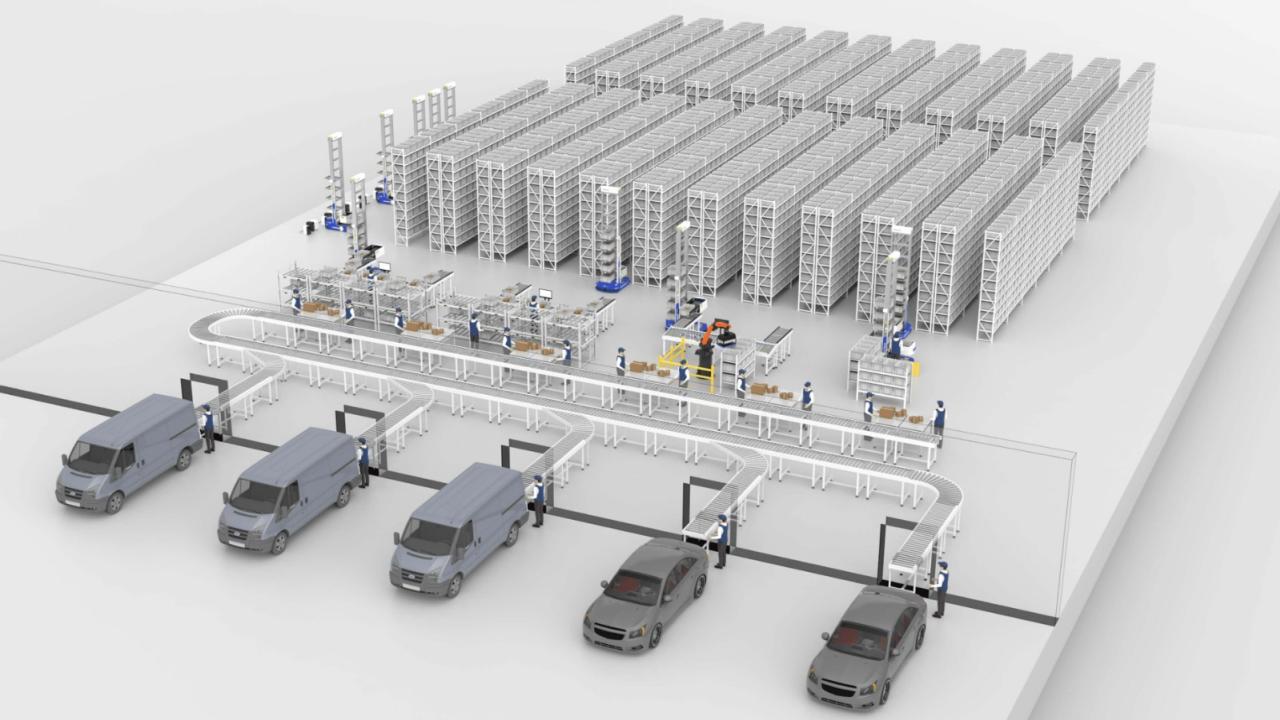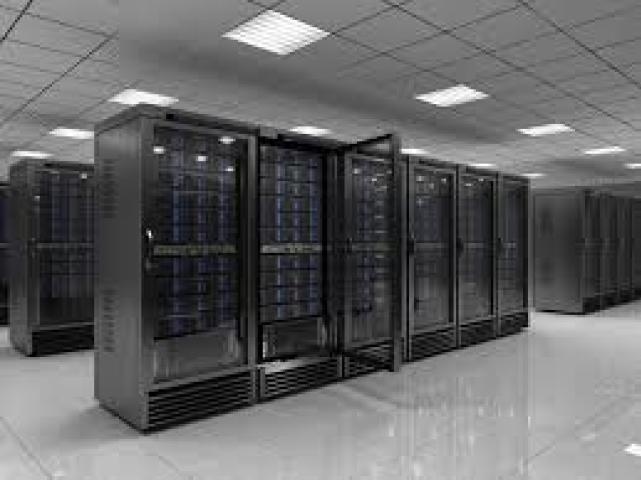The logistics landscape has been
transformed by the rise of Micro Fulfillment Centers (MFCs), offering a
fresh approach to order fulfillment for e-commerce, grocery, and retail
companies. As consumer expectations evolve towards faster, more convenient
delivery options, businesses are turning to MFCs as a strategic solution to
meet the challenges of the modern retail ecosystem.
The
Concept Behind Micro Fulfillment
Micro
Fulfillment Centers differ from traditional warehouses
in both size and location. These small, highly efficient facilities are located
close to dense population areas, often within cities or urban centers, allowing
businesses to fulfill orders quickly. Rather than relying on massive distribution
centers located far from urban consumers, companies can now deliver goods
faster and at lower costs.
In essence, MFCs operate as hubs
that manage the picking, packing, and shipping of products in real-time, often
within hours of an order being placed. Their proximity to customers enables
last-mile delivery to be completed more efficiently, which is crucial in an age
where same-day or even two-hour delivery is becoming a standard offering for
many companies.
Advantages
of Micro Fulfillment Centers
- Strategic Urban Placement: The main selling point of Micro Fulfillment Centers is their urban
location. By being close to the consumer base, MFCs drastically reduce the
time it takes to fulfill and deliver an order. This urban placement
strategy not only cuts down on transportation time but also helps
businesses meet the growing demand for rapid delivery services.
- Streamlined Operations with Automation: Micro fulfillment relies heavily on advanced
automation. From robotic pickers to conveyor systems, automation reduces
human intervention in the order fulfillment process, leading to faster,
more accurate results. Many MFCs use artificial intelligence (AI) to
predict order volumes and optimize stock levels, ensuring that products
are always available and accessible when needed.
- Cost Efficiency:
Traditional fulfillment centers require vast investments in
infrastructure, labor, and technology. MFCs, being smaller and more
automated, are cheaper to operate. By reducing reliance on labor and
shrinking the overall footprint, businesses can save on both overhead
costs and operational expenses, while still maintaining high output rates.
- Faster Inventory Turnover: The real-time nature of MFCs means that inventory is
turned over quickly. Products that are in high demand can be restocked
rapidly, reducing the need for excess inventory in the warehouse. This
reduces waste, minimizes stockouts, and ensures that customers have access
to the items they need.
- Scalability and Flexibility: One of the unique benefits of MFCs is their
scalability. Businesses can easily adapt to fluctuations in demand by
adding or adjusting their network of micro fulfillment centers. Whether
dealing with seasonal peaks or the challenges of expansion into new urban
areas, MFCs offer a flexible solution that grows with the business.
Role
of Automation in MFCs
A key component of MFCs is the
technology that powers them. Unlike traditional fulfillment models, where human
labor is central, MFCs are built around automation and robotics. Here’s a look
at the main technologies transforming the fulfillment process:
- Automated Storage and Retrieval Systems (AS/RS): This technology allows MFCs to store products densely
while making retrieval of those products quick and efficient. AS/RS
systems use robotic arms or shuttles to move items in and out of storage
based on incoming orders, significantly speeding up the picking process.
- AI and Data Analytics:
AI is used extensively to manage inventory levels, predict demand, and
optimize the fulfillment process. By analyzing customer buying patterns
and external factors, AI systems help businesses make informed decisions
about stock replenishment, reducing both understocking and overstocking
issues.
- Collaborative Robots (Cobots): Cobots work alongside human employees in some MFCs,
assisting in repetitive tasks like sorting and packing. This combination
of human and robotic labor allows for a more flexible and responsive
workforce, improving productivity during peak times.
Industries
Adopting Micro Fulfillment
- E-commerce:
MFCs are an ideal solution for e-commerce companies looking to shorten
delivery times while minimizing costs. By placing these centers near urban
customers, companies can reduce shipping distances and improve service
levels without needing massive distribution centers.
- Grocery Retail:
The online grocery market has seen a boom in recent years, and MFCs are
helping grocery chains fulfill online orders efficiently. With perishables
requiring fast delivery, MFCs play a crucial role in ensuring fresh
produce.



